Articles > Society
Ready to take on the World’s Longest Metro Systems quiz? You’ll want to know these. Here are the 10 longest metro systems in the world.
1. Shanghai – 795.5 km
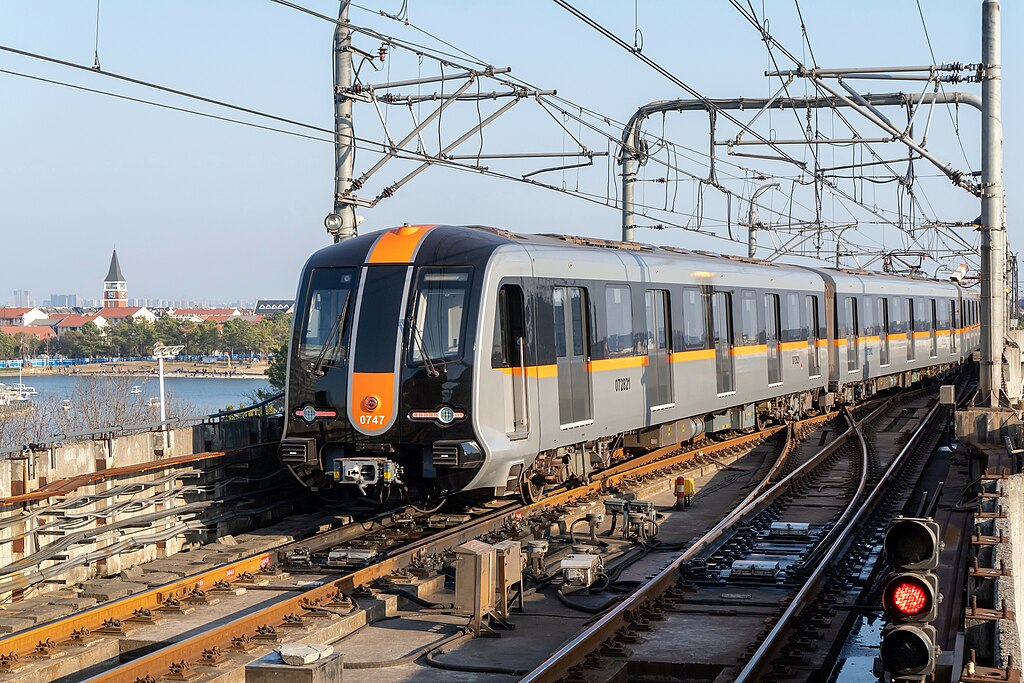
The Shanghai Metro is the world’s longest metro system, covering an impressive 795.5 kilometers. Established in 1993, the network has expanded rapidly to meet the transportation needs of Shanghai’s population of over 24 million. Known for its advanced technology, Shanghai’s metro offers a modern and efficient service with 19 lines and over 500 stations, including connections to the city’s major airports and train stations. The system transports millions daily and is praised for its high-speed trains and well-designed layout, ensuring quick and convenient travel throughout the vast metropolis.
2. Beijing – 785.7 km
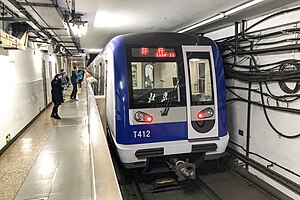
The Beijing Metro, inaugurated in 1969, is China’s oldest metro network and spans 785.7 kilometers. Serving the capital city, the metro system includes 27 lines and 459 stations, integrating with suburban rail to cover the greater metropolitan area. Known for its efficiency and reliability, the system plays a vital role in easing the city’s traffic congestion and reducing pollution. Beijing Metro continues to grow, with several extensions planned, showcasing its commitment to sustainable and accessible urban transport.
3. Guangzhou – 617.1 km
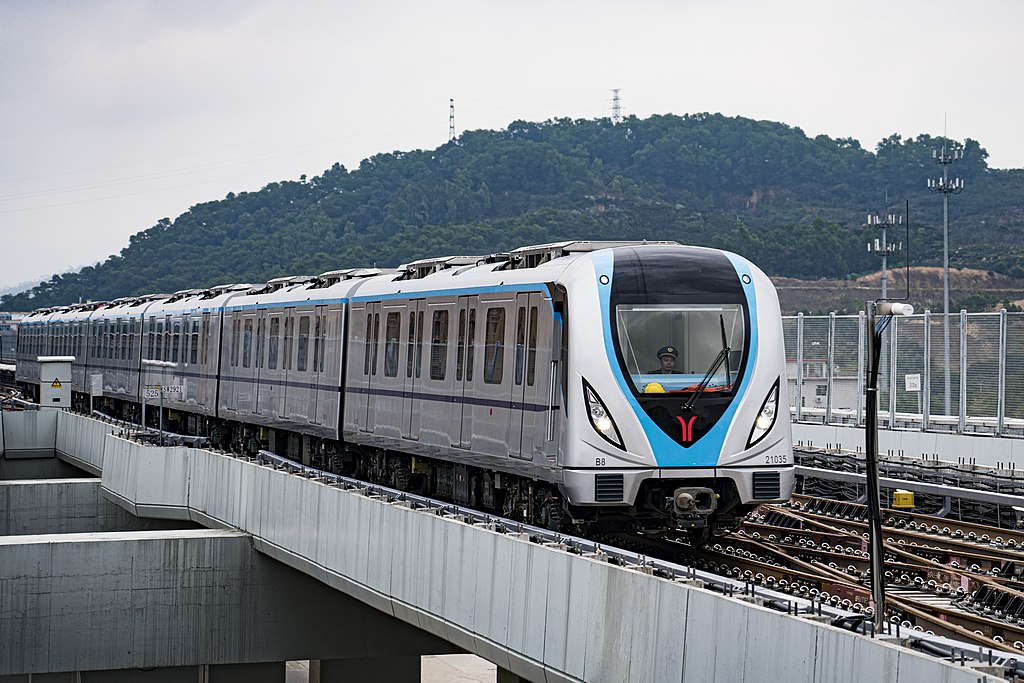
Guangzhou Metro, established in 1997, spans 617.1 kilometers across 16 lines and over 300 stations. As one of China’s largest and most advanced metro systems, it connects the city’s central districts with surrounding areas, facilitating seamless travel for the bustling city. Guangzhou Metro is known for its cleanliness, punctuality, and high passenger capacity, playing a significant role in reducing road traffic. Expansion plans are underway to accommodate the city’s growing demand for efficient public transportation.
4. Shenzhen – 547.42 km
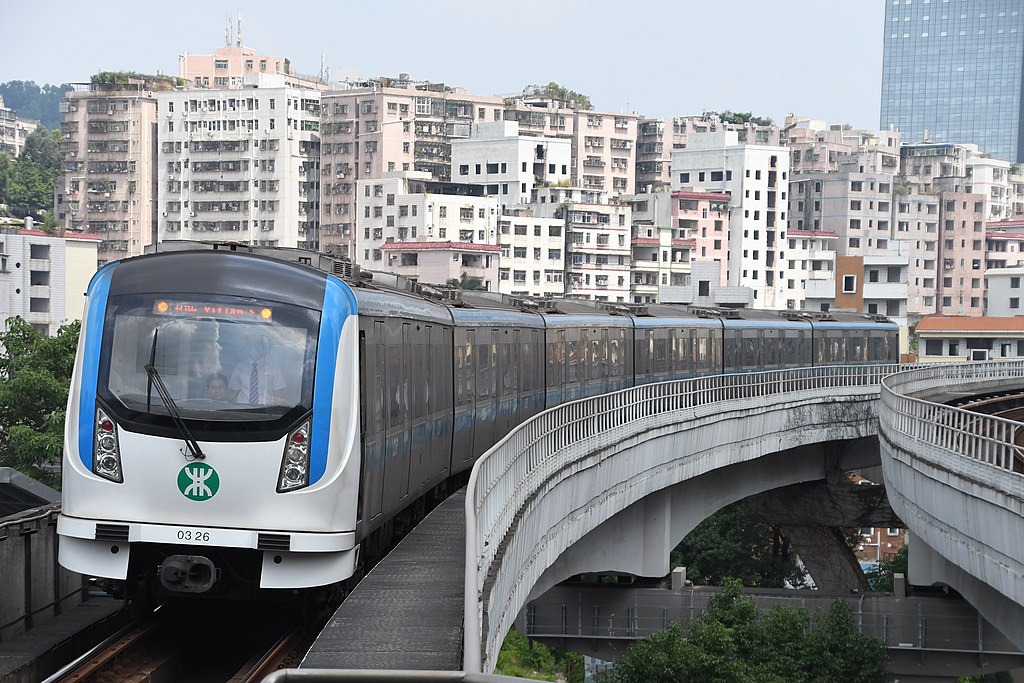
With a total length of 547.42 kilometers, Shenzhen Metro has quickly expanded since its inception in 2004, driven by the city’s rapid development as a tech and manufacturing hub. Shenzhen’s network of 13 lines offers commuters reliable and affordable transportation, connecting key business areas and residential zones. Known for its advanced infrastructure, the Shenzhen Metro features modern amenities, including air-conditioned trains, convenient transfer stations, and smooth service, making it an integral part of daily life for millions of residents.
5. Chengdu – 518.5 km
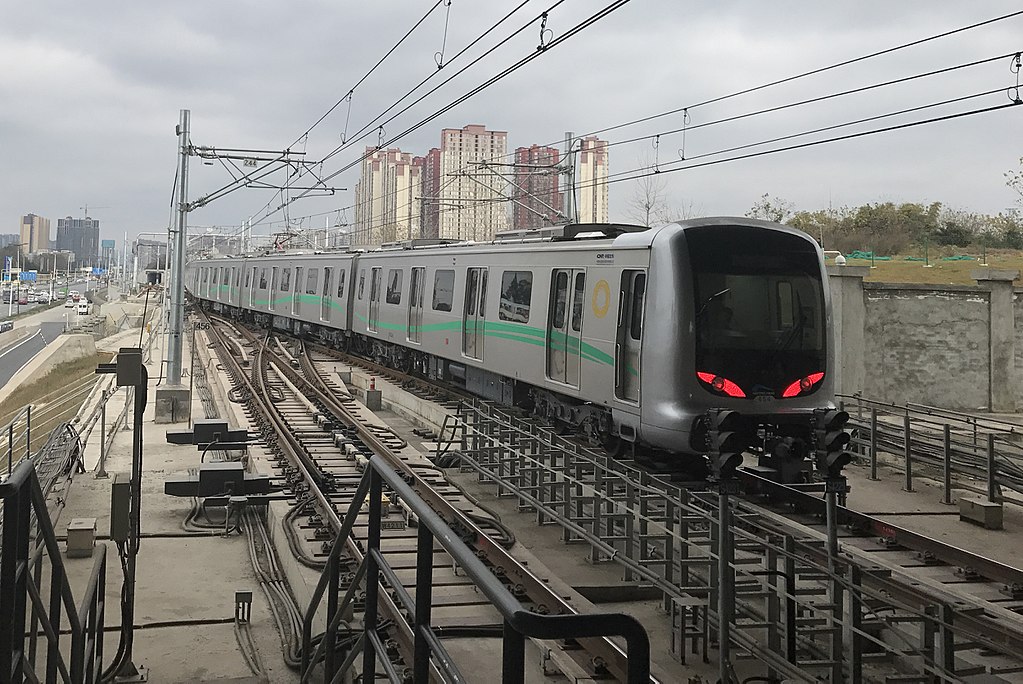
The Chengdu Metro spans 518.5 kilometers, connecting the cultural and economic hubs of Chengdu. With 13 lines and extensive coverage of the Sichuan capital, the system accommodates the travel needs of millions of daily passengers. Since its launch in 2010, Chengdu Metro has undergone rapid expansion, offering efficient and affordable transportation across the city. Known for its design that includes local elements, Chengdu Metro is a popular choice for commuting and sightseeing alike.
6. Hangzhou – 516.2 km

The Hangzhou Metro, stretching over 516.2 kilometers, is a crucial component of Hangzhou’s transit network. The system, which launched in 2012, includes 12 lines that connect the city’s main districts and surrounding suburbs. Designed to support Hangzhou’s growing population and tourism, the metro provides fast, comfortable transportation for locals and visitors. The system is celebrated for its integration with Hangzhou’s scenic spots and convenient links to major transit points, such as the airport and train stations.
7. Nanjing – 498.7 km
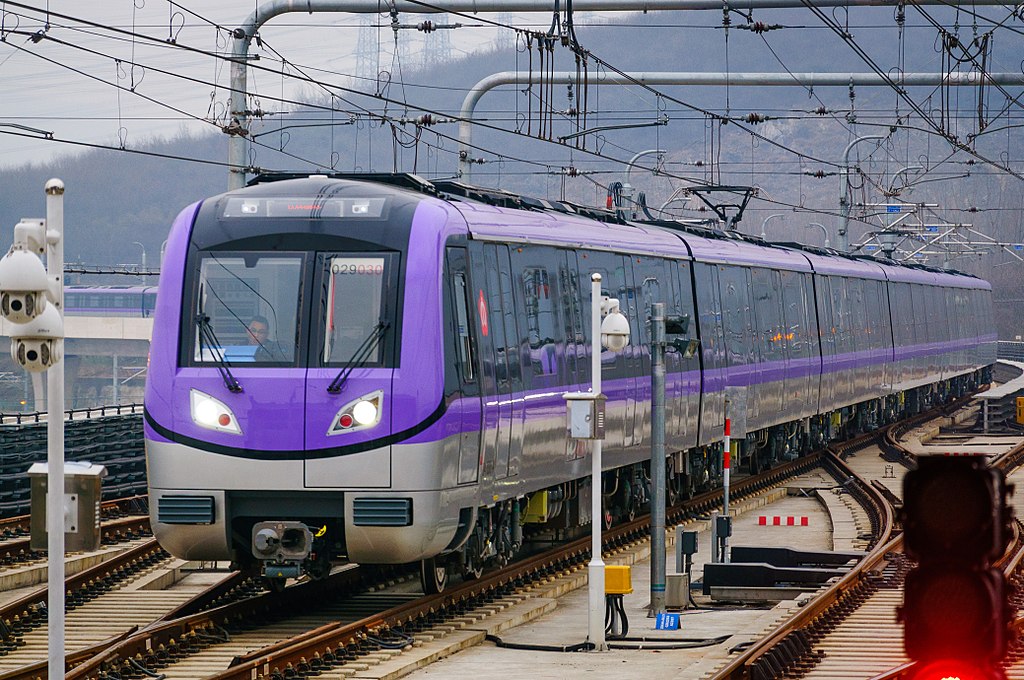
Nanjing Metro spans 498.7 kilometers, linking Nanjing’s historic city center with outlying areas. Established in 2005, the metro has become an essential transport method for Nanjing’s residents and visitors, offering a smooth journey across 10 lines and numerous stations. Known for its efficiency and unique cultural displays at various stations, Nanjing Metro continues to expand, contributing significantly to the city’s sustainability goals by reducing traffic congestion and lowering emissions.
8. Chongqing – 485.0 km
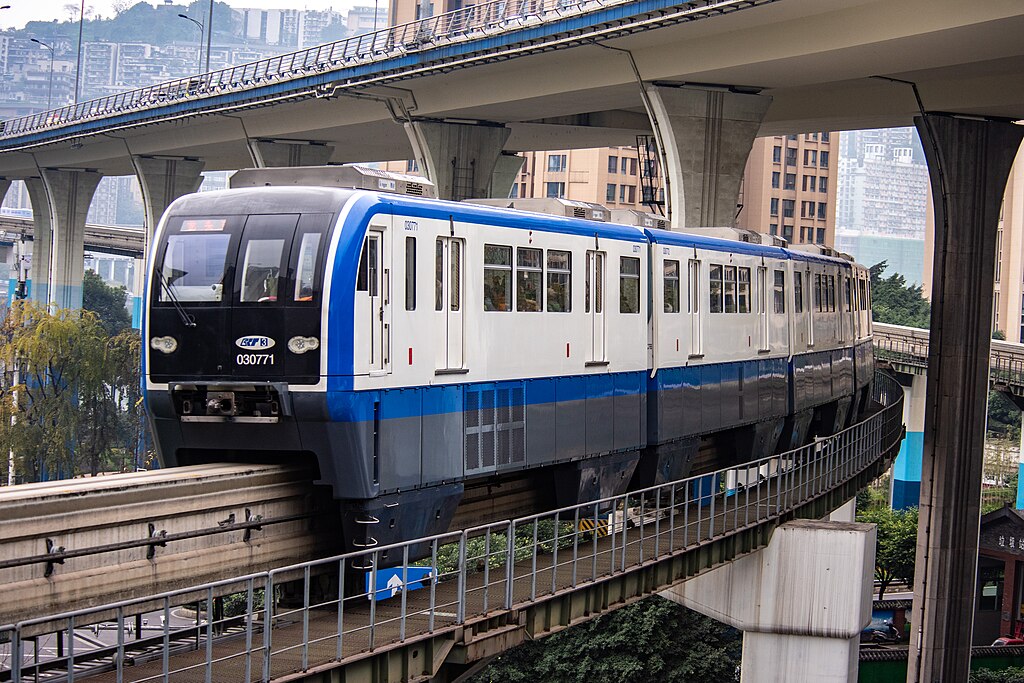
The Chongqing Metro extends over 485 kilometers, serving one of China’s most populous urban areas. Known for its mountainous terrain, Chongqing’s metro is notable for its elevated monorail lines and scenic views, making it unique among global metro systems. Established in 2005, the network consists of 10 lines and has become an essential part of the city’s transit. The metro’s innovative design enables smooth transport through the hilly cityscape, greatly improving local accessibility and traffic flow.
9. Moscow – 461.5 km

Covering 461.5 kilometers, the Moscow Metro is renowned for its architectural beauty and historical significance. Launched in 1935, it is one of the world’s oldest and most visually striking metro systems, with each station featuring unique and elaborate designs. The Moscow Metro serves millions daily, providing 12 lines and efficient connections throughout the Russian capital. Known for its punctuality and ease of navigation, it remains a popular choice for residents and tourists alike.
10. Wuhan – 460.9 km
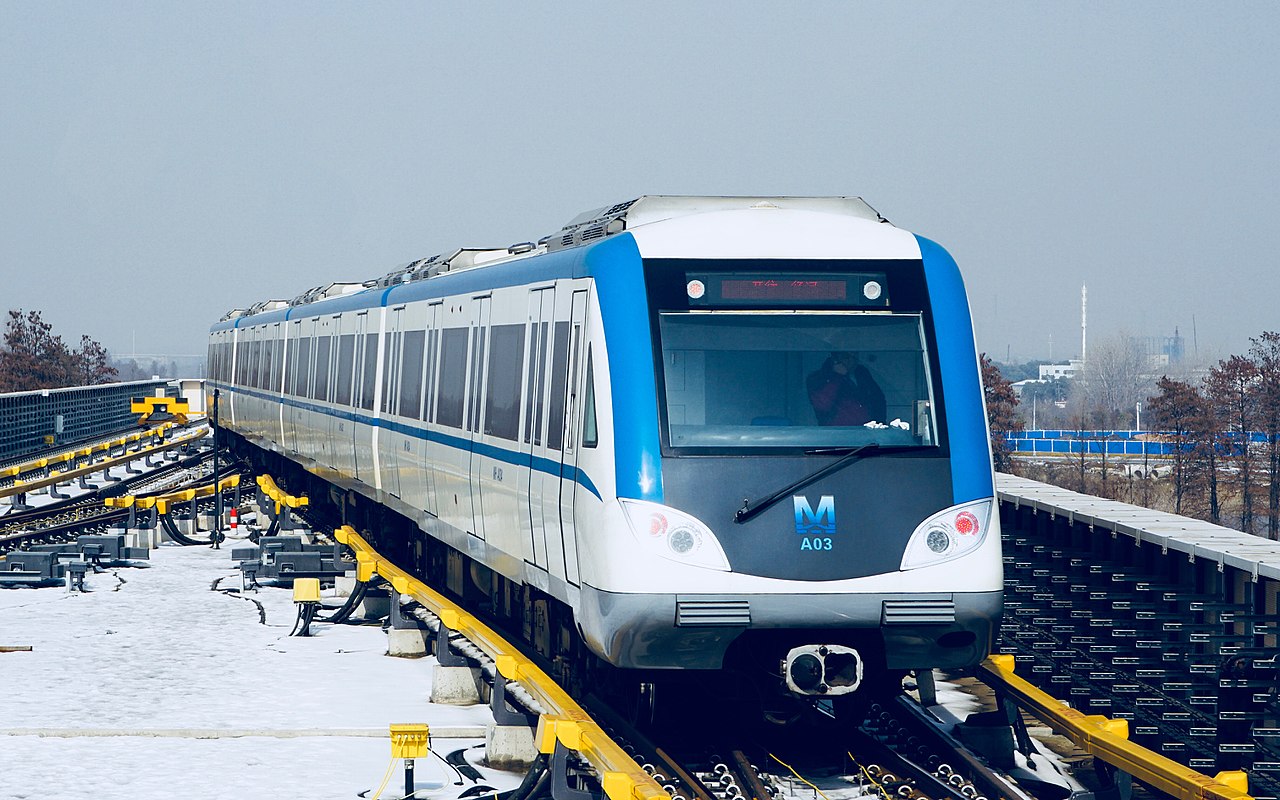
Wuhan Metro spans 460.9 kilometers, connecting Wuhan’s three main urban districts across the Yangtze River. Established in 2004, the metro system has expanded significantly, offering 11 lines and numerous stations across the city. Wuhan Metro is notable for its river-crossing tunnels and advanced infrastructure, providing convenient, reliable transportation for the city’s growing population. With continued expansion, the system is expected to play an increasingly vital role in local commuting and urban development.




